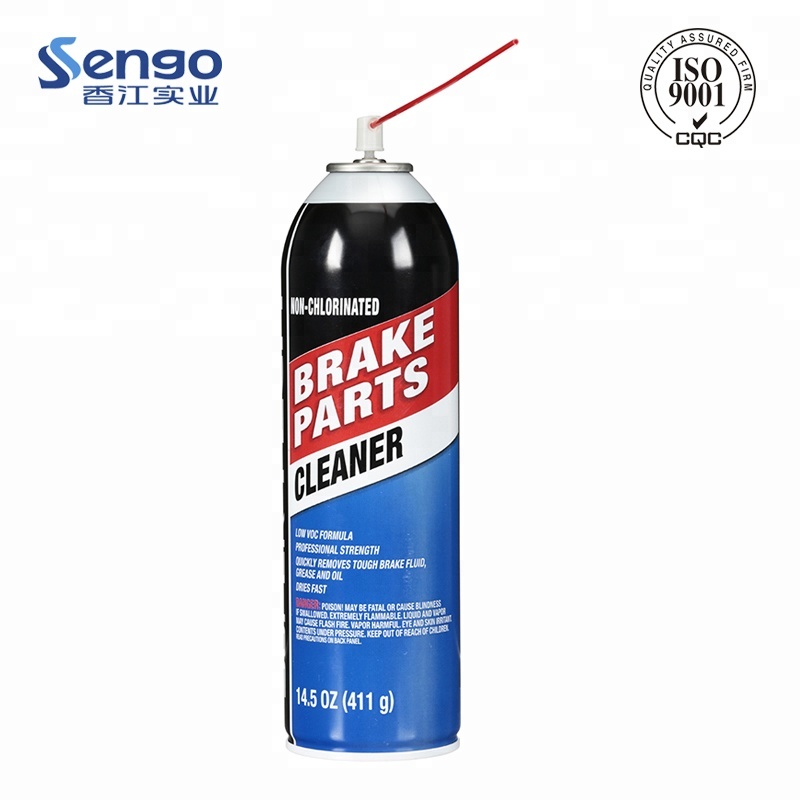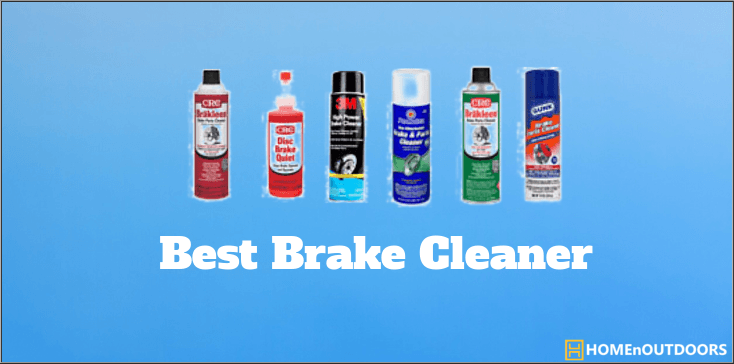Meth) which requires little time / skill to cook and changes colors when smoked. Chameleon Dope is generally produced using chlorine tablets and Dot-3 brake fluid in an aluminum. Almost Unbelievable: The Ingredients Contained in Crystal Meth.
The unspoken law of the universe dictates that if an activity is dangerous, someone will try it. Human nature, right? When someone puts boundaries on what you can or cannot do, curiosity says, “question that, fool!” From ‘Do not feed the animals’ to igniting hairspray with a lighter, nothing is too frightening (or too outlandish) to defy.
Aluminum chloride solid G/G. Brake fluid G/ND Brine G/Gsaturated Bromine X/X Bromine water X/Xsaturated Bromobenzene X/X Bromochloromethane 100% X/X. Chlorine G/G10% wet Chlorine 97% X/X Chlorine steam X/X Chlorine water M/M Chloro acetophenone, p - X/X. CHLORINE AND BRAKE FLUID REACTION 907 'FABLE 2-Flammable properties of the gaseous products. Substance Autoignition Hash point, Temperature, Explosive Limits% in air Ethylene -136 160 3 to. Dot 3 Brake Fluid, Aluminium Can, Chlorine Tablet Brake fluid aluminum can chlorine meth in an aluminum can lined with phenyl. Three components of mean velocity and the corresponding Reynolds shear stresses have been measured in fully developed concentric and eccentric annulus Nouri, J. Numbers after the word DOT are a rating system. This includes cleaning solvents, chlorine bleach, drain cleaner, fluorescent bulbs (including CFLs), furniture polish, aerosol cans, oil-based paint, paint thinner, pesticides, epoxies, mercury thermometers, smoke alarms, batteries, lighter fluid, kerosene, and brake fluid. Household hazardous waste can be recycled at: Tewning Rd Convenience Center.
Grant Thompson, better known as “The King of Random”, conducts weekly experiments on his YouTube channel that do the exact opposite of the warnings on the back of the box. With a passion for science and blowing things up, Grant manages to create content that is informative, forehead slapping and absolutely entertaining.
Pool Chlorine + Brake Fluid = FIRE
As usual, Grant picks a random request from the comments section of his past YouTube videos and turns it into a 5-10 minute feature. In this particular video, he explores the reaction made by mixing everyday pool chlorine with car brake fluid.

To start, Grant buys a 73% concentrate of pool chlorine and some DOT 3 brake fluid. The fluid contains a mix of glycol ethers which, when combined with calcium hypochlorite (or chlorine), can lead to some interesting results.
That’s what I’m talking about. After filling the bottom of a glass with half an inch of chlorine, he mixes it with the brake fluid. While there seems to be nothing going on for the first minute or so, the mixture suddenly combusts with an audible “POP!” and sends a pillar of flame sky high. Good for celebrating the Fourth of July, a birthday, a new haircut or your cat getting rid of that hairball.
Upon closer inspection, Grant explains the glycol ethers present in the brake fluid are flammable but are separated by oxygen molecules, making them harder to ignite and safe to use on your brakes.
This changes once the fluid is mixed with chlorine. By breaking down the glycol ethers into smaller aldehydes, they start to react with the oxygen and the pool chlorine and combust due to the heat produced. It takes some time for the ethers to break down (which explains the lack of an immediate flame), but soon the area is set ablaze and littered with bits of solidified brake fluid ash.
Whereas some people would be fumbling for a fire extinguisher, Grant instead devises two more experiments: one mixture of chlorine and brake fluid in open air, and another in a plastic bottle.
After throwing caution to the wind and mixing the volatile components with his finger, the mixture goes up in flame at a faster time of 54 seconds. Grant fails to explain this, but the abundance of oxygen in the air could possibly be the cause of this preemptive combustion.
But this pales in comparison to the mixture in the plastic bottle. Though it takes the same amount of time as the glass experiment, the flame that sprouts out from the nozzle is far more violent and rockets up to roof height. Most likely due to the small opening, the flame becomes more concentrated and ends up melting its container.
These components may be common, but the reaction they produce is just out of this world! Even though Grant does this at home, you should definitely take the necessary precaution and, yeah, have a few fire extinguishers nearby. While I don’t condone any act that leads to bodily harm, you can find Grant Thompson’s project PDFs, as well as more of his videos, over on his webpage.
brake fluidcombustionglycol etherGrant ThompsonKing of RandomKoRpool chlorine0AuthorCarlos ZotomayorCarlos wrestles gators, and by gators, we mean words. He also loves good design, good books, and good coffee.Prev Post
App Smack 28.17: Enlight Photofox, TextGrabber, Verst Mobile, Knots 3D and More…
Ever been shopping for brake fluid and wonder what are the pros and cons between using chlorinated vs. non-chlorinated products? While the main difference may seem obvious, the presence of chlorine, the idea that non-chlorinated versions are always ‘better for the environment’ may be deceiving.
Chlorinated Brake Cleaner
Chlorinated brake cleaner is the more commonly-used variety and it has been around the longest, despite the fact that many of the main ingredients are now banned for use in other applications. The term ‘chlorinated’ simply means that it contains chlorinated atoms, or solvents, within its molecular structure. These chemicals boost the solvent properties of the product. The problem is that some municipalities and state regulations have caused the ban of the use and sale of the chlorinated version (i.e. California).
Brake Fluid And Chlorine Bomb

Brake Fluid Chlorine And Aluminum Hydroxide
Berryman Chlorinated Brake Parts Cleaner is made of the chlorinated solvents perchloro-ethylene (a.k.a. tetrachloroethylene) and methylene chloride. These are non-flammable solvents that are extremely fast-drying and provide the best cleaning for brake parts.
Non-Chlorinated Brake Cleaner
The non-chlorinated version of brake cleaner simply means that it doesn’t have chlorinated solvents in its molecular structure. However, this does not make it safe or ‘environmentally friendly.’ Often times, the alternative chemicals used in this variety of product are just as toxic, if not more so. These versions are not always as fast-drying as the chlorinated, and the solvents are flammable.
FACTOID: Perchloroethylene is the same solvent used for years as dry cleaning fluid. Many chlorinated brake cleaners are made up entirely of this component, occasionally with other heavy solvents to add weight. Methylene chloride is a primary component of paint stripper and is lighter. The combination of the two makes for a superior blend that provides more actual fluid content in the container for the weight versus perchloroethylene alone. Methylene chloride also has more caloric energy for dissolving grease, oil and other contaminants that are found on brake parts.
So, Which Do You Buy?

Before choosing a product, look closely to make sure you are getting the one best suited for your needs.
If you are cleaning a metal part that you plan on welding, using brake cleaning products is not recommended as it may create toxic fumes when welded (chlorinated versions in particular). Non-chlorinated brake cleaners are also safer to use on plastic parts.
It is important to remember that many brake cleaner products are also not compliant in all 50 states. So, before buying any brake cleaner, look closely to ensure you are getting the one best suited for your needs and is compliant in the area you will be using it.
Whether you prefer a chlorinated or non-chlorinated product, Berryman offers exceptional options for both. Our products quickly and effortlessly dissolve brake fluid, dust, grease, motor oil, power steering fluid, and other contaminants you find on metal brake parts. They are great to use on all brake parts, including rotors, drums, calipers, cylinders, springs, and other related parts. Our professional-strength formula dries quickly and completely, without residue.
We also offer an excellent engine degreaser that is great for cleaning all kinds of engine parts. It contains our proprietary blend of high-performance detergents and emulsifiers that easily penetrate road grime, dirt, grease, and oil. It’s fast spray on/rinse off cycle saves time and conserves water. This product is designed for vehicle engines, small engine parts, lawn mowers, hand tools, machinery, fleet, farm, and marine equipment.
Have any questions? Feel free to contact us here, or ask a question in our solution center. We look forward to hearing from you!
